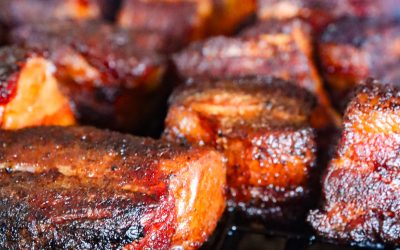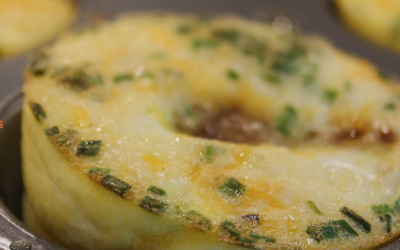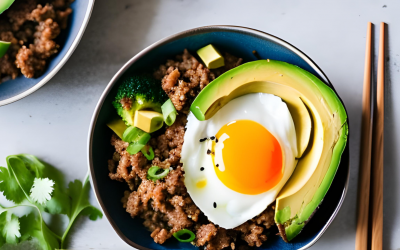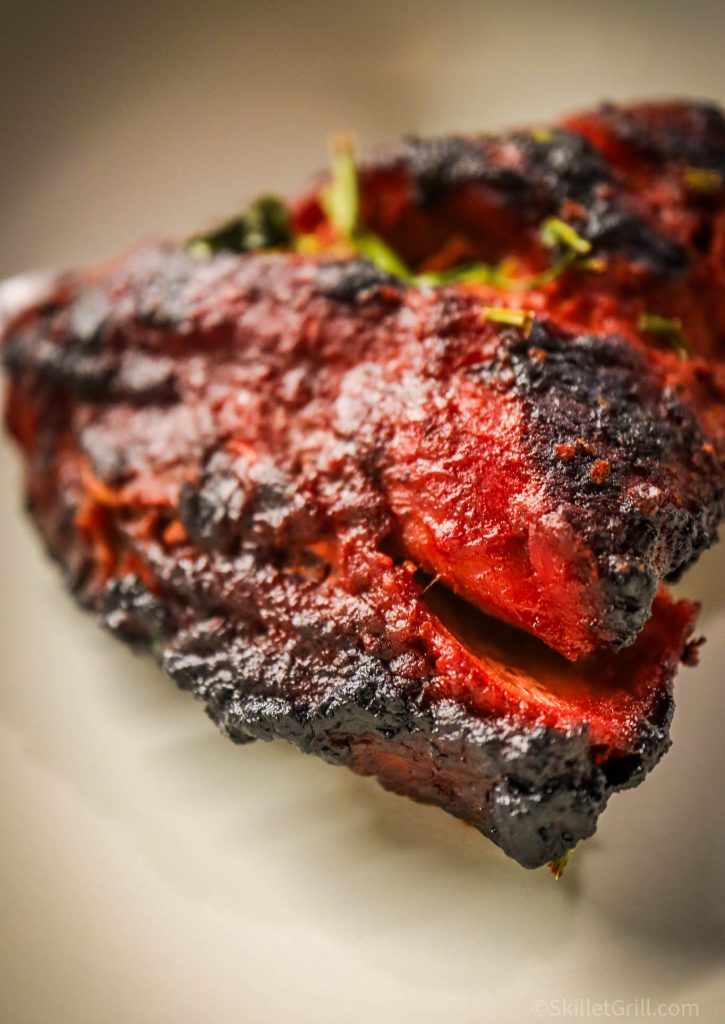
The Maillard Reaction
Who doesn’t like a little char on their food? If you find yourself choosing that chicken breast with the perfect grill marks, or the steak with that mahogany crust, you are experiencing the Maillard Reaction first hand!
This “Browning Process” could also be called the Flavor Reaction. It is the reason burnt ends are always first off the shelf at your favorite BBQ joint. The reason we love crispy fried chicken. And the reason some spends hundreds, if not thousands of dollars, in pursuit of the perfect cup of coffee.
What is the Maillard Reaction?
The Maillard reaction (also known as the “Browning Process”) is a chemical reaction between protein and sugars which gives browned food its distinctive look, aroma, and taste.
Commonly referred to as “char”, there are so many more layers to this process than one might expect. What is happening on the surface is much more complex than simply cooking your food to a crisp.
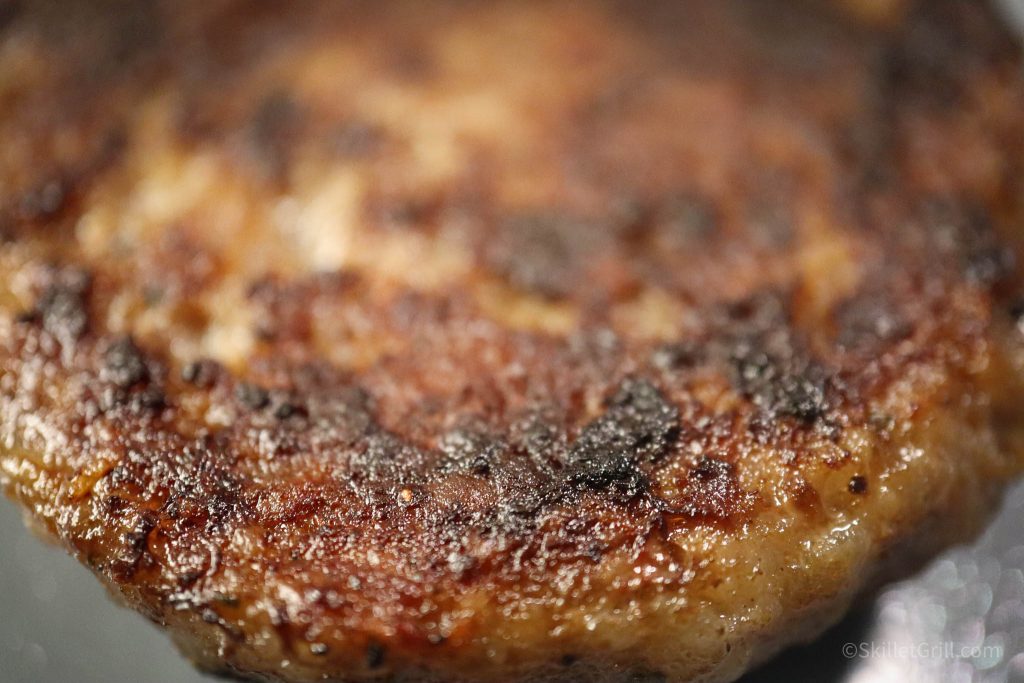
Why do we like the Maillard Reaction?
In Our DNA
This tasty chemical reaction has been hard wired into our DNA from the first time our cave man ancestors discovered fire. In a time before instant read thermometers, a visual queue like a charred leg of lamb, would indicate the food is cooked well enough to assume it is safe to eat.
Nutrition
Another reason we are designed to seek out this tasty process is to maximize nutrition. The browning process produces a tastier version of the food. Which in turn, encourages us to eat more and gain additional macro nutrients like protein and fat, which were not very easy to find throughout our history. How cool!
When to use The Maillard Reaction in Cooking?
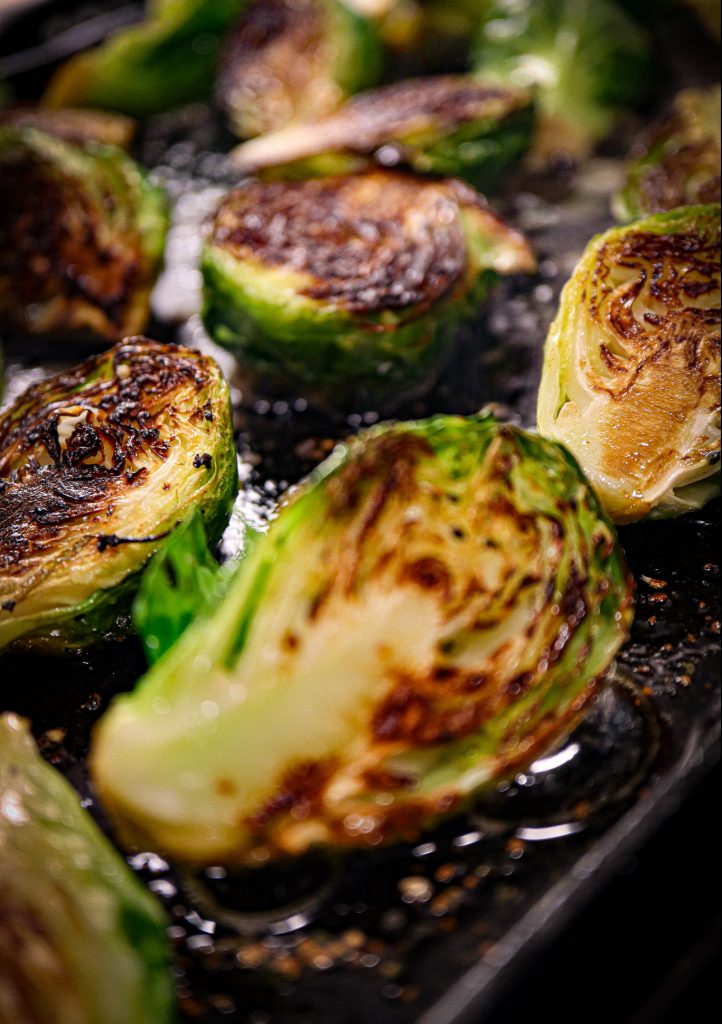
The most popular use of the Maillard Reaction:
- First and foremost, anytime animal protein is involved, you will most likely see The Maillard Reaction take center stage.
- Crisping up breakfast bacon
- Browning some ground hamburger
- Searing a perfectly cooked steak
- Next, Coffee
- You may not associate coffee with the browning process. However, coffee beans utilize the Maillard Reaction often throughout the roasting process and even when brewing that tasty morning cup!
- Also, Sauteed veggies.
- Caramelized Brussels Sprouts
- Charred Poblano peppers
- Finally, you will most likely realize this process is occurring when making toast.
- When that floppy white piece of bread, is magically turned to a perfectly browned piece of toast, the Maillard Reaction is certainly at work
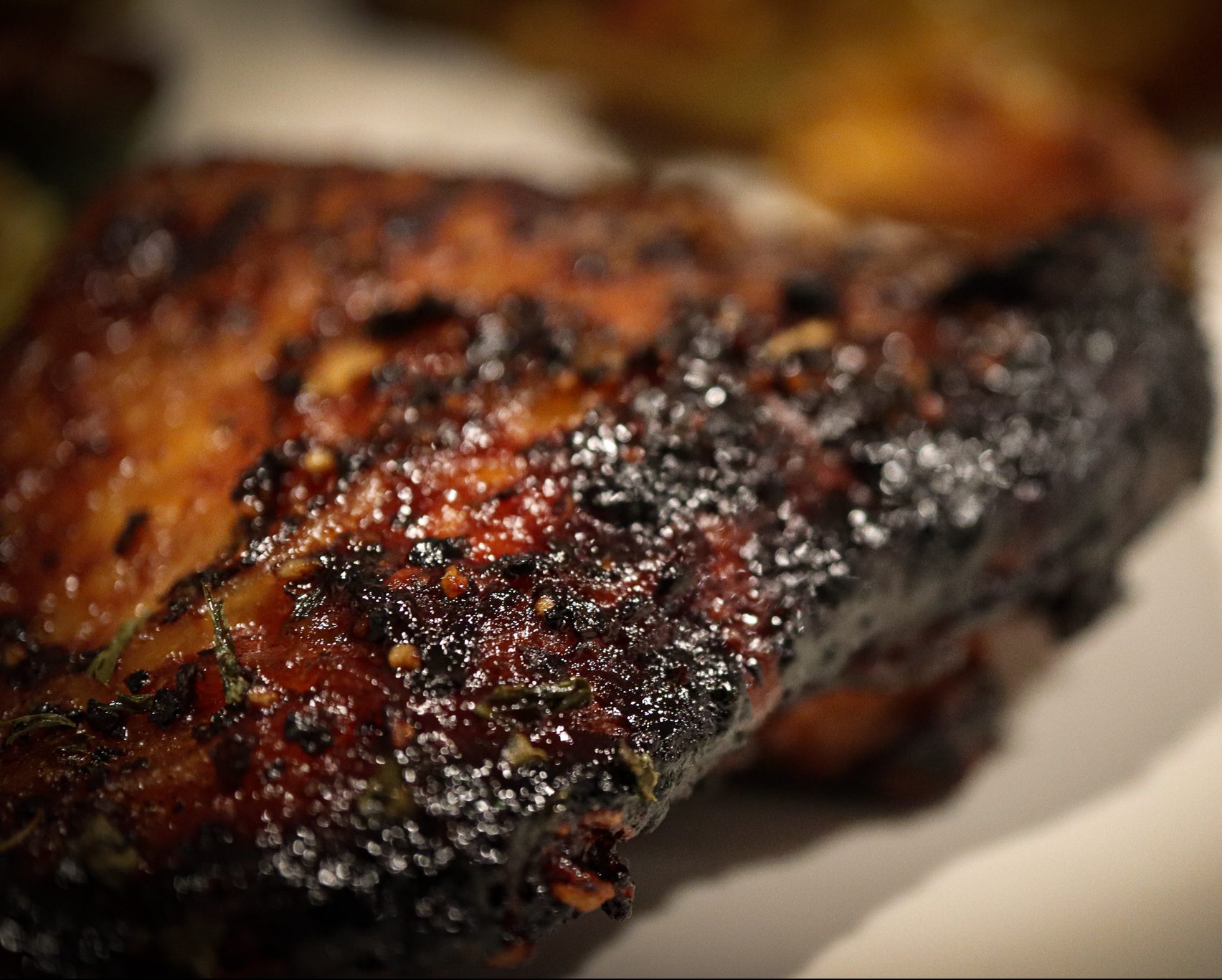
“The most common denominator when it comes to using the Browning Process in cooking is the addition of heat”
How to Utilize The Maillard Reaction
Heat Heat Heat
The most common denominator when it comes to using the Browning Process in cooking is the addition of heat. This can be done with high heat like these tasty smoked chicken thighs. Or done low and slow, as seen in most Texas barbecue, like this delicious pork butt.
Scientifically
The Browning Process is a reaction of reducing sugars by the addition of heat. You will know when this process is taking place visually by the food changing color.
The most obvious place to see this occur is when making a piece of toast. Or anytime you sauté fresh vegetables like these Brussels Sprouts.
Latest Recipes
Pork Belly Burnt Ends
Intro: Why Pork Belly Burnt Ends? Pork belly burnt ends are truly nature’s candy as far as barbecue goes. In the realm of barbecue aficionados, few dishes command as much attention and admiration as pork belly burnt ends. Originating from the traditional burnt ends…
Keto Egg Bites
Keto Egg Bites Keto Egg Bites Perhaps the most important quality in breakfast for many is convenience. These Keto egg bites are not only convenient, but are super tasty and nutritious to boot! Packed with flavorful protein, low carbs, and plenty of healthy fats that…
Asian-Inspired Beef Rice Bowl with Fried Egg and Avocado
In today’s recipe, I’m thrilled to present an enticing dish that combines the flavors of Asia in a hearty and visually appealing way. This recipe brings together tender ground beef, sautéed onions, savory soy sauce, crispy cabbage, creamy avocado, and a perfectly…

